Empowering Engineers in Large Development Processes to Precisley Focus on the Task: A Model-Based approach to manage project-specific workflows in document-centric engineering projects.

The goal of concurrent designs is to have engineering teams—and especially interdisciplinary teams—working in tight interaction on many aspects of the system under design to create product innovations in shorter development cycles.
To carry out such a development process, dozens of engineers from many domains perform tasks on parts of the final products, so-called artifacts. Artifacts range from user requirements to design, over hardware and software, to tests; thus, products potentially involve thousands of artifacts. After a task is finished, the resulting artifacts can be passed on to another engineer for the next task. In order to have smooth progress on the development, it has to be clear who is able to work when on which artifact and what needs to be done. Furthermore, the engineers need to know, from which person to receive the necessary inputs, when the quality of their task is fulfilling the requirements, and to whom to forward the results. The exact rules change over time and differ based on context, resulting in hundreds of variations resulting in complexity that needs to be managed.
Read full article
(Link auf https://www.pro2future.at/wp-content/uploads/2023/06/2022-11_SuccessStory_Area2_CEPS_en.pdf)
All Success Stories available via Research > COMET SUCCESS STORIES.
